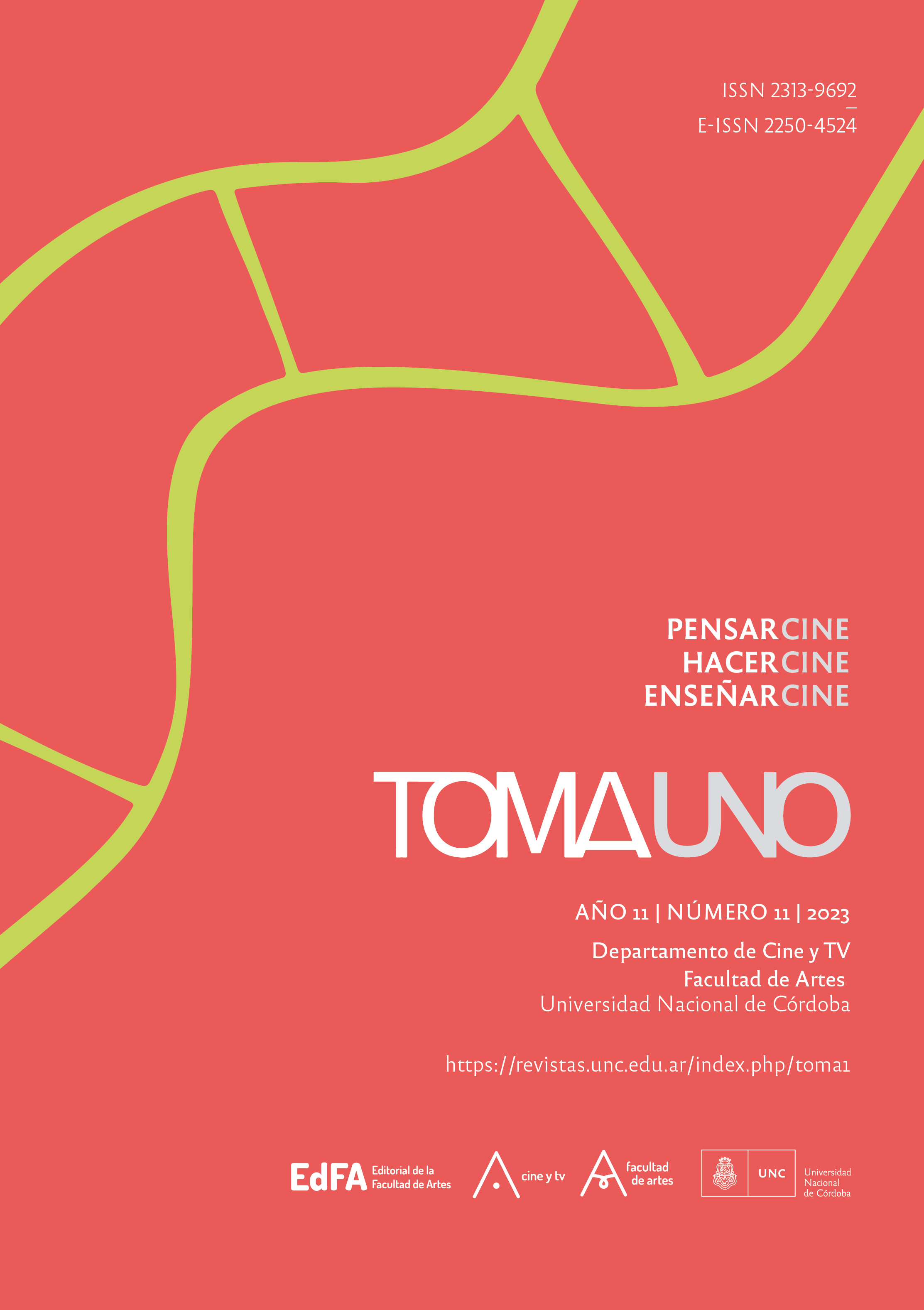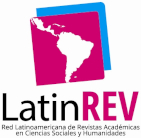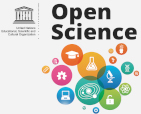Plots between the documentary series La misma tierra. Bolivianos en Argentina (1986) and politics at the beginning of democracy: memory, representations and borders
DOI:
https://doi.org/10.55442/tomauno.n11.2023.42819Keywords:
Documentaries, Democracy, Bolivians, Representations, Memory, BordersAbstract
The advent of democracy in Argentina forged new relationships between documentary and politics, creating a space for filmmakers to build, through their critical gaze, social and political awareness. From these “fragments of history”, embodied through the voice-over, testimonies, authorized voices, film materials, archives, etc., there is an underground memory (Halbwachs in Pollak, 1998) that from the present allows deconstructing representations that emerge as a symptom of another era. In this polarity of inclusion/expulsion and documentary/political relationship, it is worth asking if the memories produced by documentary series La otra tierra, in the chapter La misma tierra, Bolivianos en Argentina (1986) operate (Durkheimian model) in the duration, continuity and stability of certain representations or seek to reinforce social cohesion through the affective community (Halbwachs in Pollak, 1998). What happens at cultural borders (Cebrelli, 2018) when these representations and memories emerge in the present?
This article will seek to investigate the representations of Bolivians in Argentina in the national memory, built during the Videla Law as the figure of the “expellable foreigner/external enemy”. Therefore analyze whether in the manipulation of the interpretation of the past (Pollak, 1988) that documentalists project onto the present, codes continue to circulate underground whose marks of origin become chameleonic, for which reason they would not be recognizable or identifiable to contemporaries.
Downloads
References
Camblong, A. M. (2014). Habitar las fronteras. Posadas: EDUNAM.
Cornejo Polar, A. (1994). Escribir en el aire: Ensayo sobre la heterogeneidad socio-cultural de las literaturas andinas. Lima: Horizonte.
Cebrelli, A. y Arancibia, V. (2005). Representaciones Sociales: Modos de mirar y de hacer. Salta: CEPHIA-CIUNSa.
Cebrelli, A. (2018). Hacia una epistemología fronteriza y situada para la comunicación. Redes, saberes y articulaciones otras. Cuadernos De Humanidades, 29, pp. 19-42. http://humani.unsa.edu.ar/cdh/index.php/CDH/article/view/7.
Chatterjee, P. (2008). La nación en tiempo heterogéneo y otros estudios subalternos. Buenos Aires: Siglo XXI-CLACSO Ediciones.
Coronado Jaramillo, M. J. (2018). Comunicación Narradores de la memoria: la función de la voz en tres documentales ecuatorianos 2010-2013) [Tesis de Maestría, Universidad Andina Simón Bolívar Sede Ecuador]. Ecuador.
https://repositorio.uasb.edu.ec/bitstream/10644/6041/1/T2533-MEC-Coronado-Narradores.pdf.
Echenique, A. (2020). La “salteñidad” puesta en foco. Sujetos, miradas, discursos e identidades en la producción audiovisual de Salta (2001-2013) [Tesis Doctoral, Universidad Nacional de Córdoba]. Argentina.
https://rdu.unc.edu.ar/handle/11086/18108.
Galeano, E. (2008). Las venas abiertas de América Latina. Madrid: Siglo XXI.
Halbwachs, M. (2004). Conclusión. En los marcos sociales de la memoria. Barcelona: Anthropos.
Pollak, M. (1988). Memória e Esquecimientos, Silêncio em Estudos Históricos 1989/3. São Paulo: Editora dos Tribunais limitada.
Vargas, P. (2021). Representaciones sociales sobre los migrantes bolivianos en producciones audiovisuales argentinas [Tesis de Maestría, Universidad Nacional de Quilmes]. Buenos Aires, Argentina. https://ridaa.unq.edu.ar/handle/20.500.11807/3872.
Fuentes
Presidente de la Nación Argentina (1981, 23 de marzo). Ley 22.439. Ley General de Migraciones y de Fomento de la Inmigración. Boletín Oficial 24637. https://acortar.link/vXPkKf
Filmografía
Caetano, A. (Dir.) (2001). Bolivia [75 min]. Argentina: INCAA.
Stigliani, P. (Dir.) (2014). Bolishopping [88 min]. Argentina: Stigliani Mouriño Cine, INCAA.
Zappettini, C. (Dir.) (1986). La misma tierra. Bolivianos en Argentina [documental televisivo] Partes I y II. Argentina: Canal 7.
Downloads
Published
Issue
Section
License
Copyright (c) 2023 Ana Inés Echenique, Paola Marcela Vargas CamargoThis work is licensed under Creative Commons Attribution-NonCommercial-NoDerivs 2.5 Argentina .


































